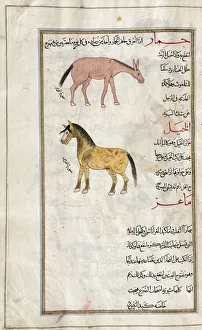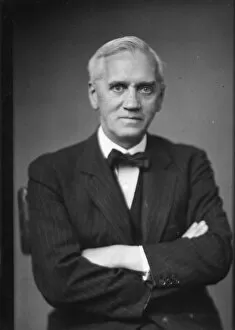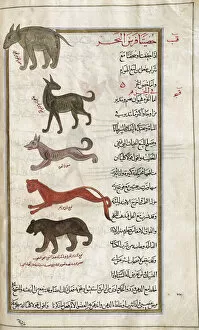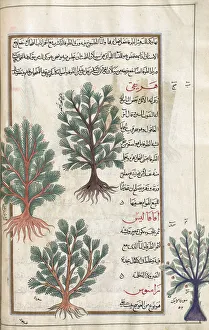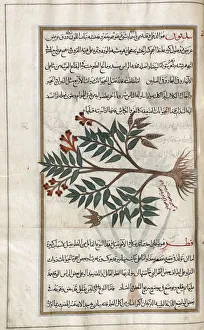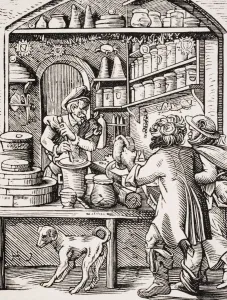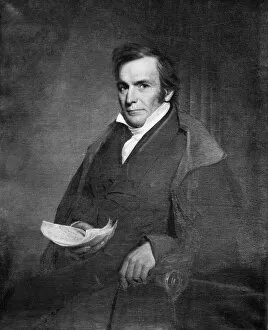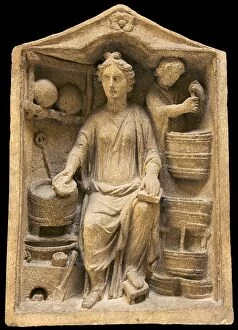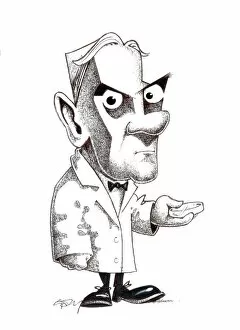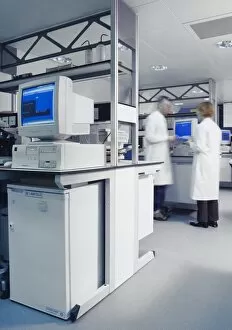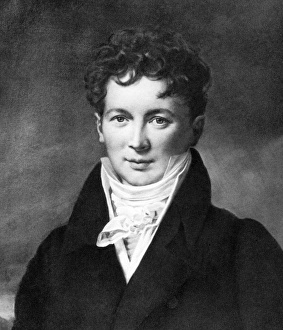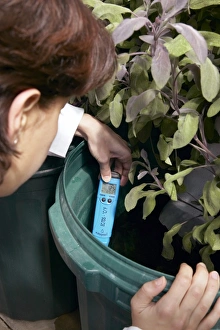Pharmacologist Collection
"Exploring the Ancient World of Pharmacology
All Professionally Made to Order for Quick Shipping
"Exploring the Ancient World of Pharmacology: A Journey through Dioscorides' De Materia Medica" Step into the fascinating world of pharmacology as we delve into the pages of an ancient book, filled with intricate illustrations and valuable knowledge. In this 19th century Iranian manuscript, we encounter a diverse range of plants and animals, all meticulously documented by Greek physician and botanist Pedanius Dioscorides in his renowned work De Materia Medica. The first illustration captures our attention with its depiction of two distinct equine species – an ass and a horse. Mirza Baqir's artistic talent brings these creatures to life, reminding us of their significance in ancient medicine. As we turn the page, our eyes are drawn to another captivating artwork featuring a hippopotamus, sea sheep, and three varieties of sea dog. These intriguing creatures were undoubtedly part of Dioscorides' extensive research on medicinal substances derived from marine sources. Moving forward, we come across a mysterious plant at the top followed by a balsam tree identified as Commiphora. The intricacy displayed in Baqir's illustration highlights both the beauty and importance attributed to these botanical specimens within pharmacological practices. Our journey continues with two varieties of Sweet flag depicted in stunning detail. Acorus calamus was highly valued for its aromatic properties and therapeutic uses during Dioscorides' time. Next up are three striking varieties of Gladdon (Iris foetidissima), showcasing nature's vibrant colors captured through Baqir's skilled brushstrokes. These iris species held significant medicinal value according to Dioscorides' observations. We then encounter three types of Nard (Nardostachys jatamansi), known for their fragrant roots used extensively in perfumes and traditional medicine. The delicate portrayal by Baqir invites us to appreciate their allure while pondering their healing potential.





